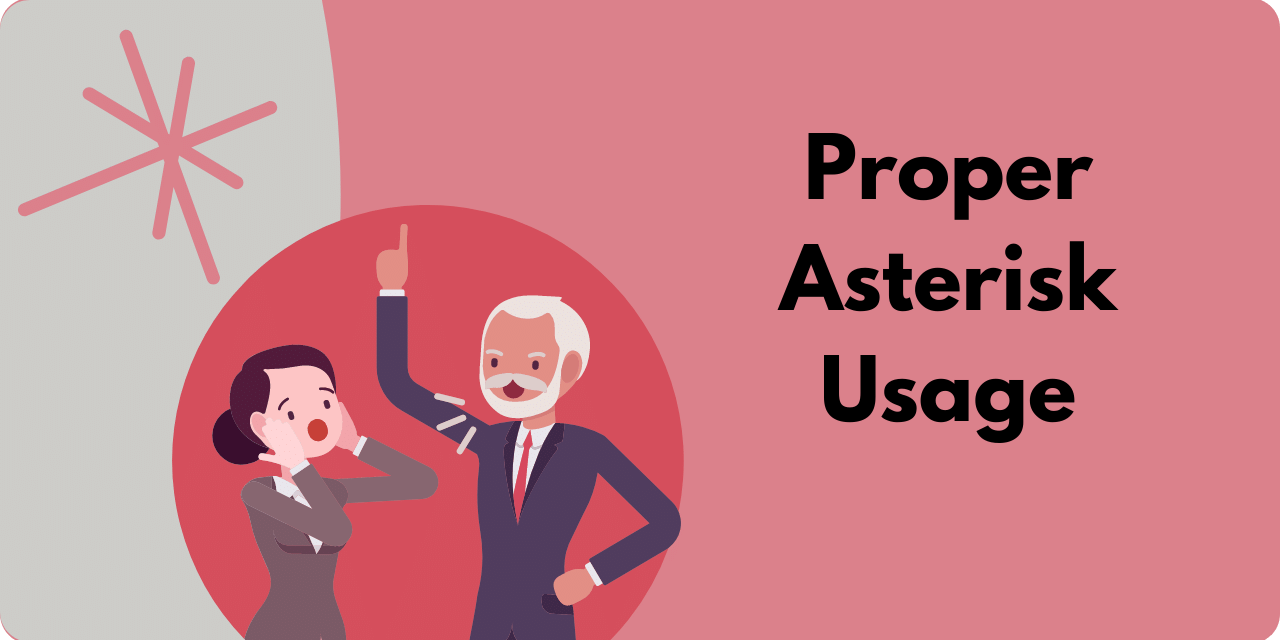Everyone wants credit for a job well done. And in business writing and communication—from emails to company-wide internal memos to detailed reports—you want to receive due credit for your writing skills. But if you choose to “borrow” ideas, quotes, or data from another author, it’s essential to know when to cite or not to cite.
Citing Sources in Business Writing
There are many occasions in your business writing where you need to include ideas, work, or images that are not yours. If you didn’t create it, don’t assume credit for it. This is especially true of statistics, information that is not generally accepted by authoritative sources, or controversial. For example:
“Studies have shown that most employees are less productive between the hours of 2 p.m. and 4 p.m.”
This sentence contains a viewpoint that could be controversial (who wants to be labeled a lazy worker in the afternoon), and it references “studies” that apparently prove this. Here is a perfect example of when you would need to cite your source. You want to demonstrate that your comment is based on research that is well-founded.
Another example of when to cite is a press release or newsletter. Your reader depends on you to provide accurate, up-to-date information. When you present these statistics, a citation will add weight and credibility to your presentation.
Citation Styles
Choose a citation style (APA, MLA, Chicago) and then stick with it throughout your copy. Mixing colors and patterns is innovative for the runway, not so much for business writing. The lack of consistency in sticking to one style guide will make your writing appear disarranged and detract from your message.
When to Cite Your Source
If you are using the ideas, comments, study findings, visual or audio commentary, or data in a graph conceived by someone else—you need to cite the source. When you build a visual aid—a chart or graph—and populate it with the information you found from another source, you should use a citation.
Another instance of when to cite would be when presenting information not considered common knowledge. This would include using an interesting little tidbit of information about an event or person that most people are not aware of and is not easily found in a search. As an example:
“We need to teach our children the value of working hard to obtain what they want in life. Mark Cuban, entrepreneur and investor, at 12 years old, wanted to buy expensive basketball shoes, so he made the money by selling trash bags.”
Although your readers may be familiar with Mark Cuban, this is a little-known fact about Mark and requires citing your source. In this case, Peter Economy, The Leadership Guy at Inc.com.
And don’t forget to cite information found in the public domain—no longer under copyright and readily found on an internet search. You can use the information, but don’t run the risk of plagiarism by omitting the proper citation.
When NOT to Cite Your Source
There are times when it is not necessary to cite. You do not need to cite your own findings, ideas, or graphs or charts that you design and populate with original data. Simply state you are the mastermind behind it.
You can also skip citing in your writing when referencing a well-known event in history or current event. If multiple sources provide the same information about that historical event or recent event, you can simply summarize the information without citing a reference. Here are two examples:
“The Dotcom crash in the early 2000s caused the stock market to take a deep dive and many dotcom companies went out of business within weeks.”
“On March 23, 2010, President Barak Obama signed the Affordable Care Act.”
Notice there is nothing unique about the information provided. And there are no questions regarding the validity of the information. Therefore, no need to cite.
To Cite or Not to Cite—A Handy Cheat Sheet
You will have to determine if it is necessary to cite a source or not in your business writing. When in doubt, use this handy cheat sheet.
You need to cite a source if you…
- Are not the author of the information
- Use specific information, data, or statistics derived from someone else
- Reference material that is not common knowledge, not easily verified, or considered controversial
- Want your reader to be able to check the source(s) you used
You do not need to cite if you…
- Present original ideas or findings and state you are the author
- Offer information that is considered common knowledge and easily found
- Reference historical or current events that can be verified by multiple credible sources
- Previously cited the information so there is no need to do so again in your summary or conclusion
How to Cite Sources in a Business Proposal
Business proposals require special attention—they must stand up to heavy scrutiny. So, whether you are citing an authority from a book or trade publication, a website, a blog, or another source, you want to give the author due credit. Explore the differences in academic writing styles—APA, MLA, and Chicago—to determine which citation style is best for your proposal.
When you correctly understand why and when to use citations, your business writing will be taken more seriously.






